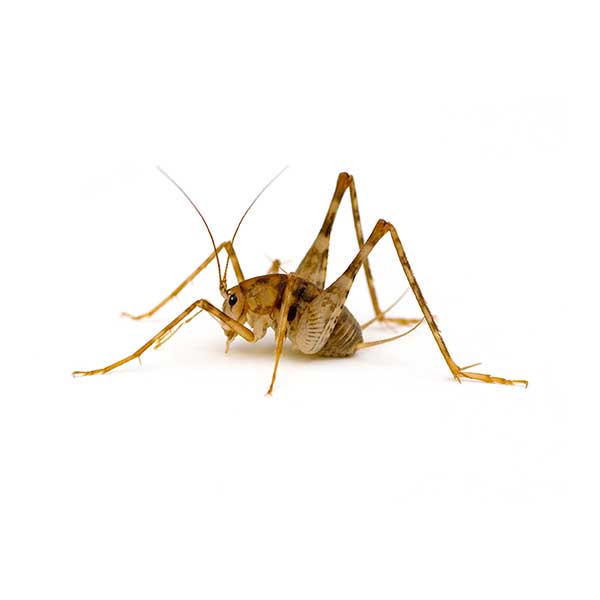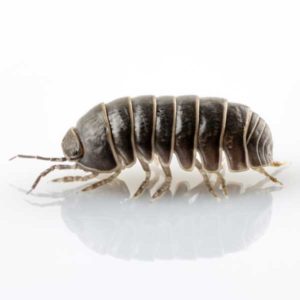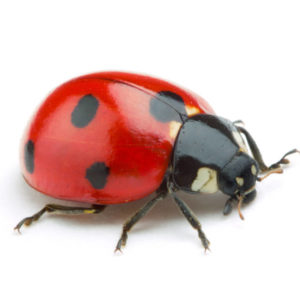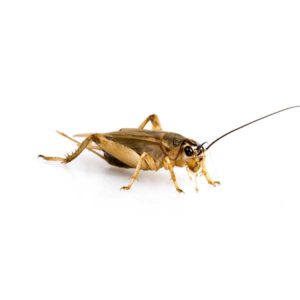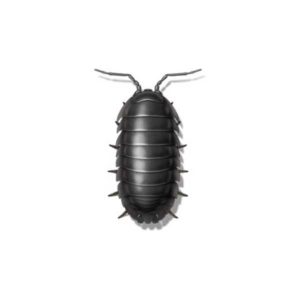Camel Crickets in North Carolina
The name camel cricket is derived from the rounded hump on the insect’s back that resembles the hump of a camel. Sometimes referred to as “spider crickets”, “cave crickets” or “land shrimp,” they are more closely related to katydids than true crickets and do not chirp. Camel crickets are widespread in the United States and often move inside dwellings during hot, dry weather and have been observed feeding on clothes and lace curtains.
Due to their size and quick jumping ability, camel crickets can be quite disturbing to homeowners.
There are many different types of insects in North Carolina, it can be difficult to distinguish, however our common insect species can help with this.
Camel Cricket Habitat
How to Get Rid of Camel Crickets?
The best way to get rid of camel crickets or spider crickets is to eliminate their preferred damp environments. Start by using dehumidifiers and fans to dry out basements, crawl spaces, and garages. Beyond sealing gaps around doors and windows, consider installing door sweeps and using weatherstripping to block entry points effectively. Remove clutter and debris from both indoors and outdoors, as camel spider crickets thrive in dark, cluttered areas. Additionally, applying a mixture of diatomaceous earth in areas where they hide can help dehydrate and kill these pests.
If crickets persist in your home, Bug Out can help.
Camel Cricket Habitat
Camel crickets prefer damp, dark environments. Outside, camel crickets are found living in leaf litter, under logs or stones, in tree holes, in hollow logs, or stacks of firewood and other cool, damp areas. They may move into homes during the fall when seeking a place to overwinter. Camel crickets may commonly be found in crawl spaces or basements, occasionally in large numbers; however, they may also be found in living areas, garages, and storage rooms. Camel crickets can also be found in considerable numbers in attics above two-story homes.
Camel Cricket Behaviors, Threats, or Dangers
Camel crickets do not spread disease and do not bite, however, they can become a nuisance if they gain entry into a home, damaging houseplants, clothing, and fabrics. Camel crickets are nocturnal and will be observed by the homeowner in the evening when the lights are turned on in a dark room. When threatened, camel crickets leap when frightened, which can be an unnerving experience as a homeowner turns on the lights in their basement or garage. If you suspect a camel cricket issue on your property, contact your local exterminators.
Signs of a Camel Cricket Infestation
Infestations are often detected by the physical sighting of camelcrickets in basements, garages, or crawl spaces. Other signs include damage to fabrics, wallpaper, plants, and stored items, as camel crickets will eat almost anything available. Their droppings, which are small and black, can also indicate their presence.
Camel Cricket Bites
Camel crickets are not known to bite humans or pets. Their mouthparts are adapted for chewing plant material and other insects, not for biting through skin.
Are Camel Crickets Dangerous?
Camel crickets pose no direct threat to human health. However, their presence can be a nuisance, and large infestations can lead to damage of property, including clothing, furnishings, and stored items due to their feeding habits.
Camel Cricket Prevention Tips
Preventing camel cricket invasions primarily involves creating an environment less attractive to them:
- Maintain Dry Conditions: Keep basements, garages, and crawl spaces well-ventilated and dry.
- Remove Outdoor Harborages: Clear away debris, leaf litter, and woodpiles from the perimeter of your home.
- Seal Cracks and Openings: Ensure that doors, windows, and the home’s foundation are sealed to prevent entry.
Need help with Camel Crickets control?
Frequently Asked Questions
Why Am I Finding Spider Crickets in My House?
Spider – also known as camel – crickets are drawn to cool, moist environments. Homes with damp basements, crawl spaces, or garages provide ideal conditions for them to thrive.

